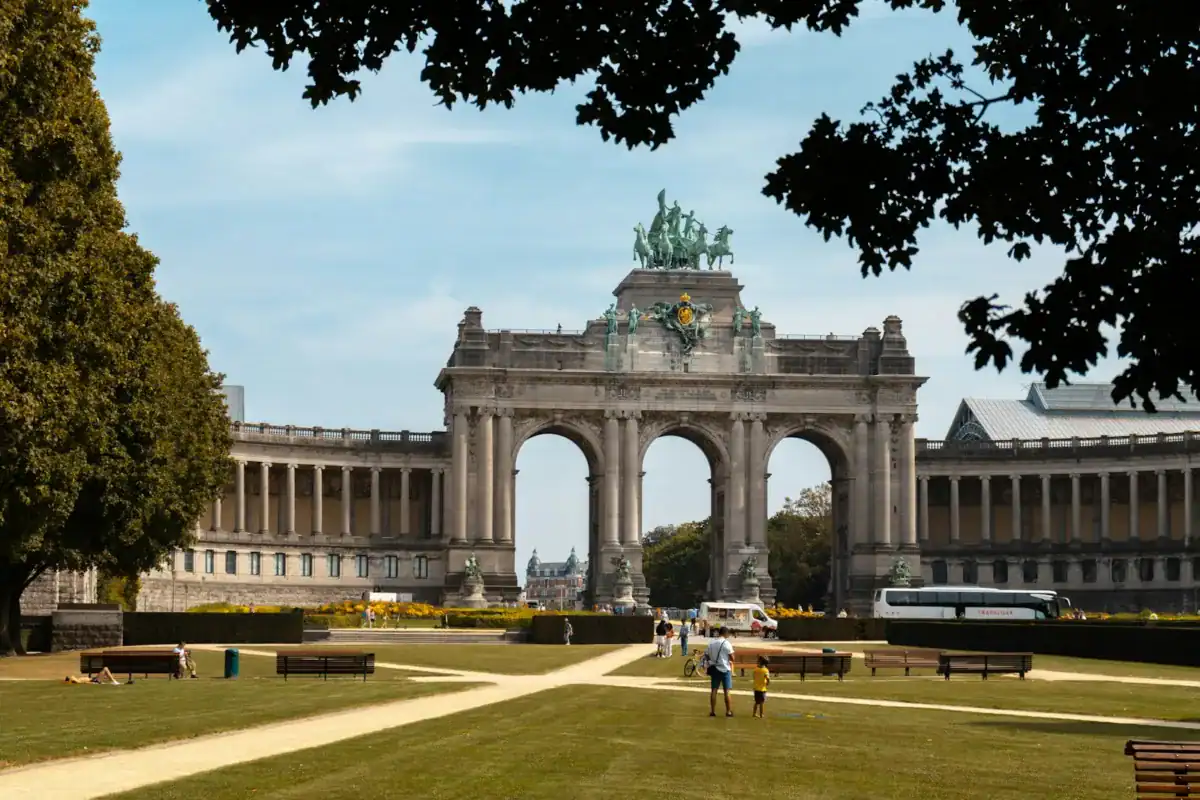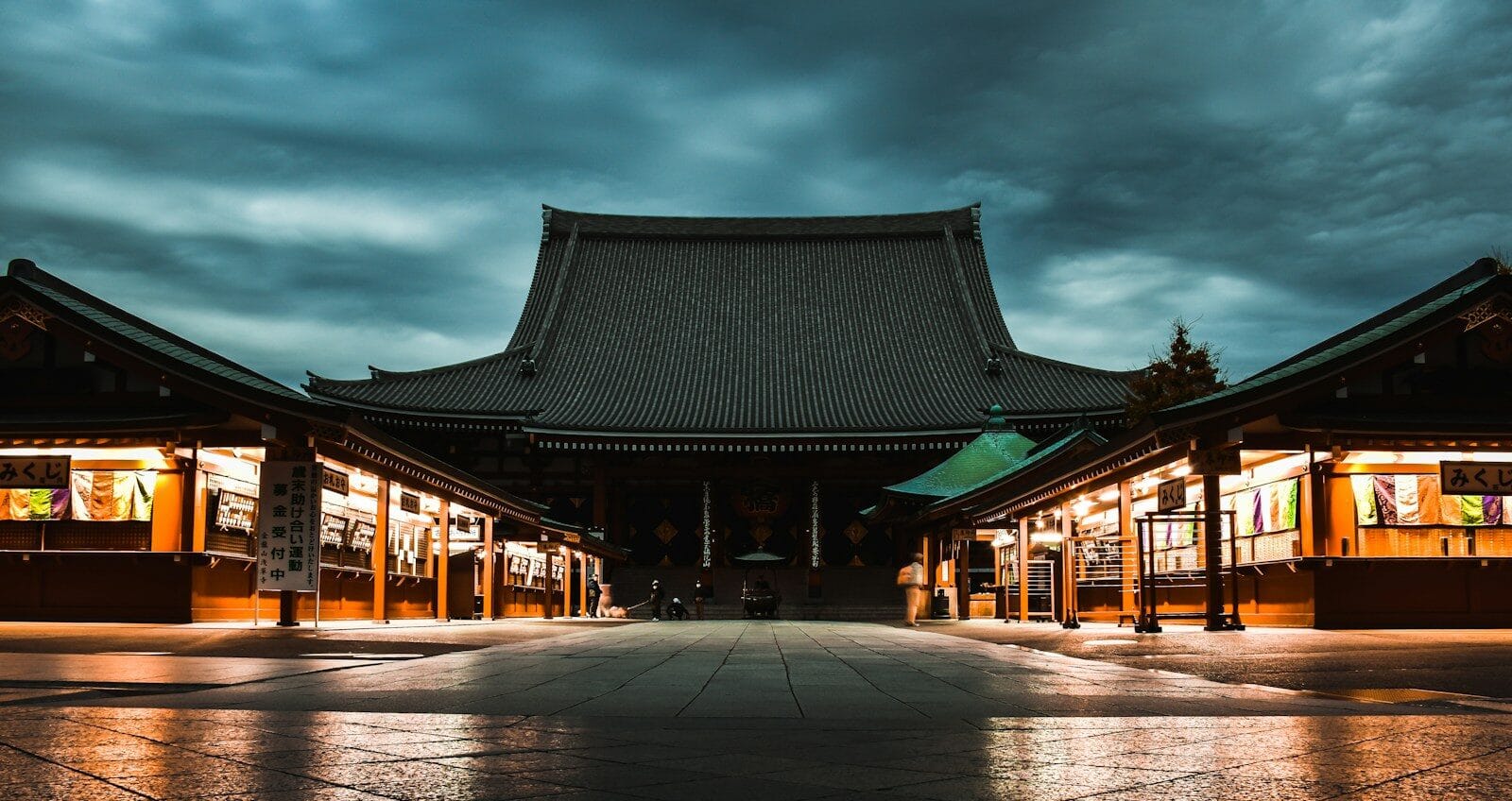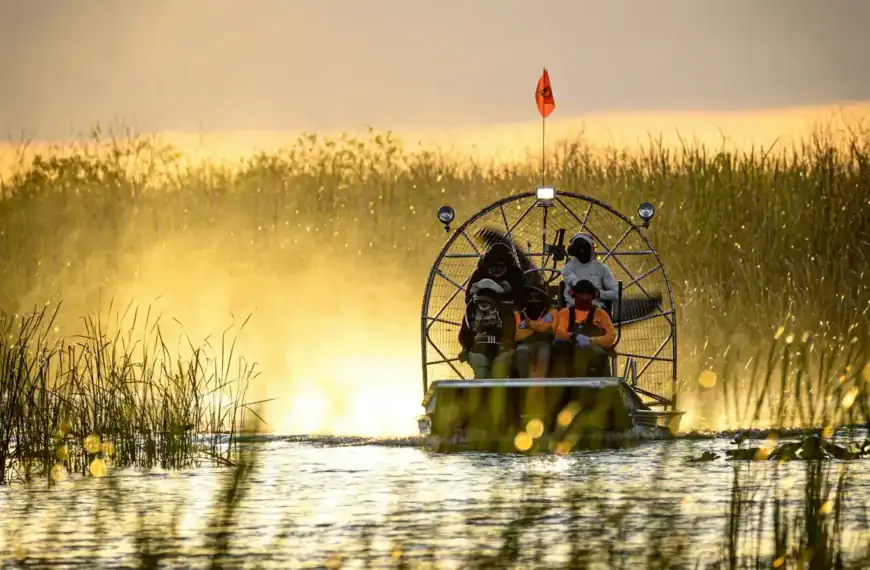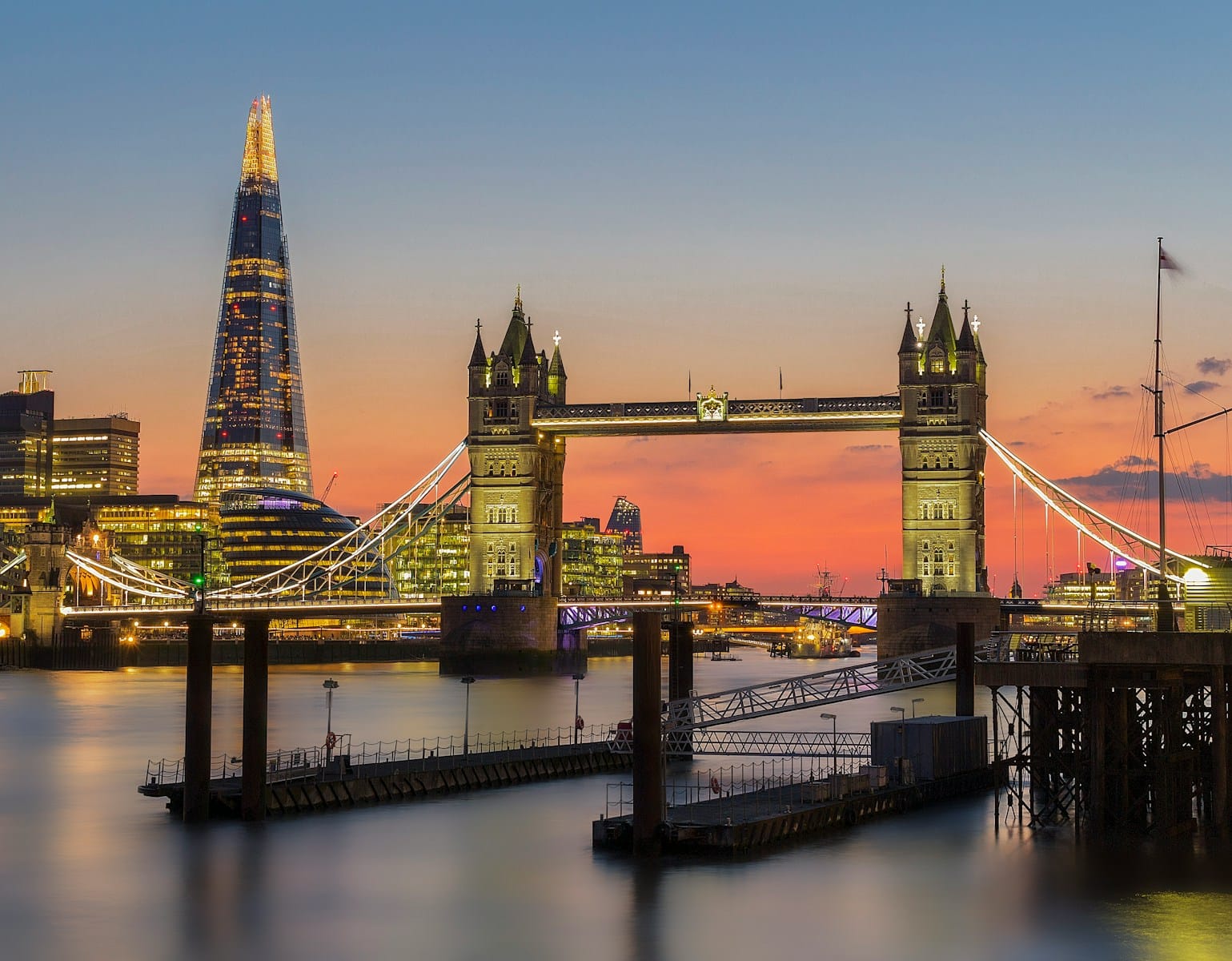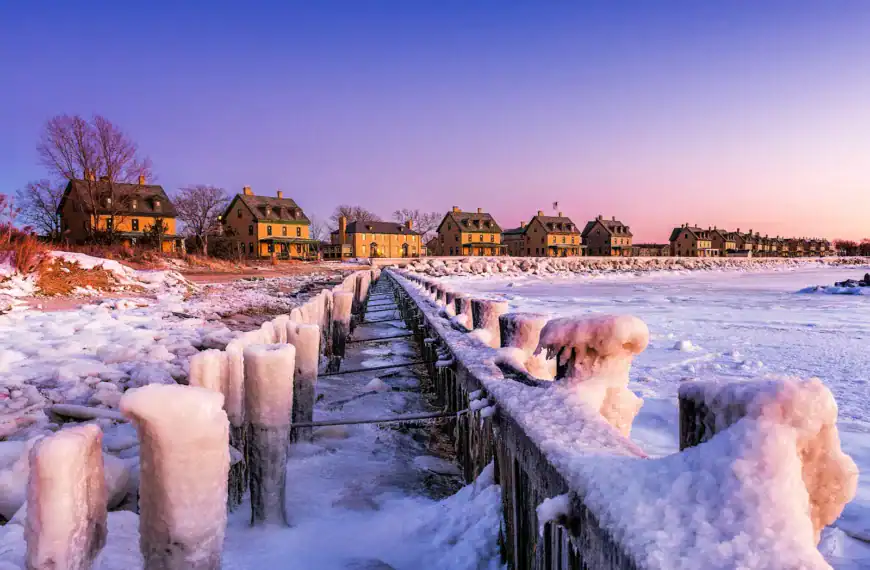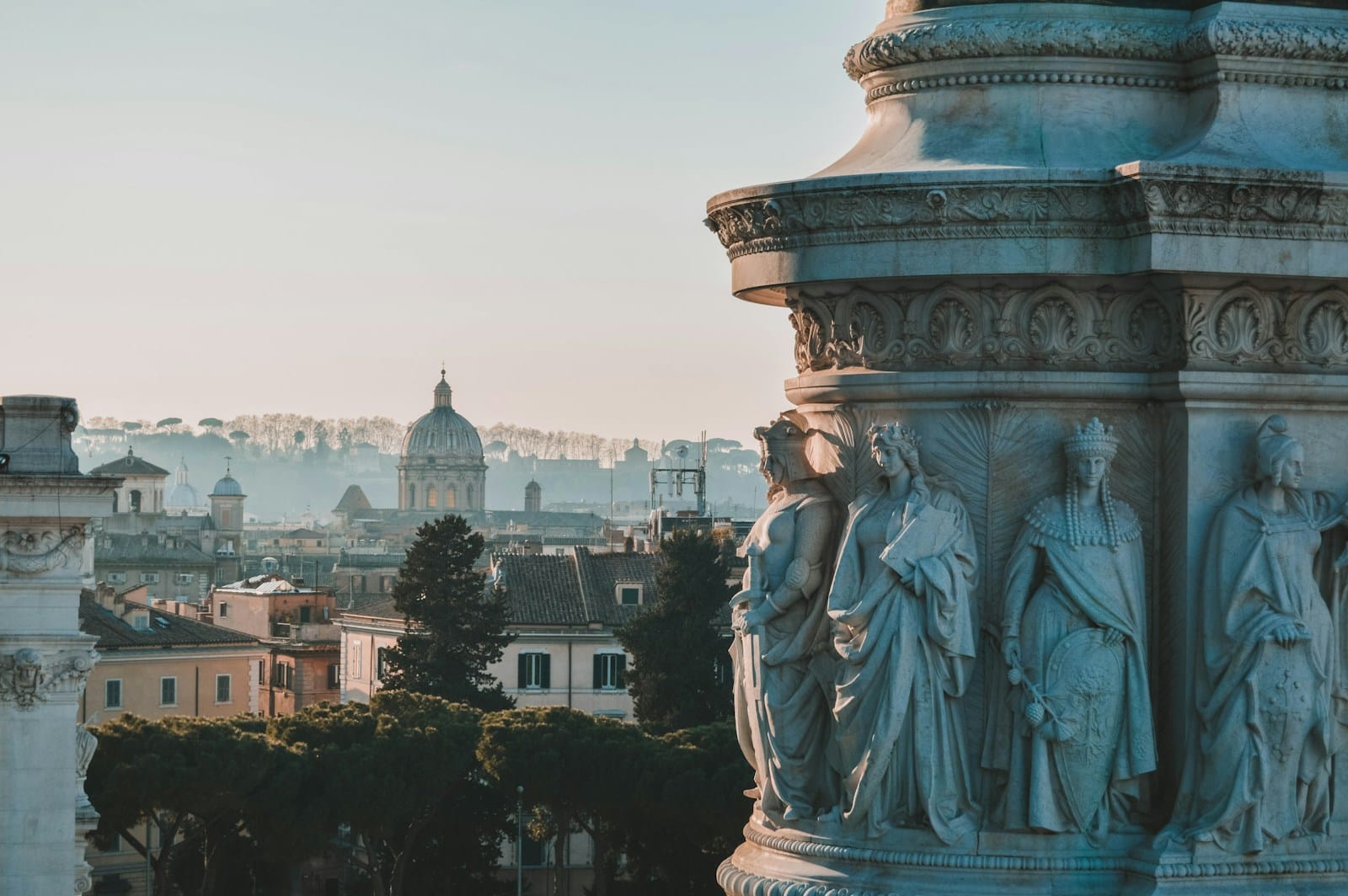Brussels Travel Guide for Food, Culture and Museums
Intro to Brussels Travel Guide
Brussels, the heart of Belgium and the capital of the European Union, is a city where medieval squares meet modern glass towers, and where centuries of history mix with cosmopolitan flair. Known for its Gothic architecture, world-class museums, and irresistible culinary traditions, Brussels is a destination that surprises at every turn. Whether you’re standing beneath the gilded facades of Grand Place, sampling craft beer in a centuries-old tavern, or cycling through leafy boulevards, the city rewards both quick visits and slow exploration.
Use this Brussels travel guide to uncover its cultural icons, hidden corners, and unforgettable Belgian flavors.
What to See in Brussels
Atomium | Belgian Comic Strip Center | Grand Place (Grote Markt) | Magritte Museum | Manneken Pis | Mont des Arts | Parc du Cinquantenaire | Royal Museums of Fine Arts of Belgium | Royal Palace of Brussels | St. Michael and St. Gudula Cathedral
💡Quick Facts:
Destination: Brussels
Continent: Europe
Country: Belgium
Administrative Divisions: Capital of Belgium; officially the Brussels-Capital Region with 19 municipalities
Area: 162 km² (63 mi²)
Population: ~1.2 million (metro ~2.6 million)
Density: ~7,400 people per km²
Capital: Brussels (national capital and de facto EU capital)
Regions/Subregions: City of Brussels, Schaerbeek, Anderlecht, Ixelles, Etterbeek, Uccle, Molenbeek
Official & Regional Languages: French and Dutch (official); German is also national language of Belgium; English widely spoken in business/EU institutions
Currency: Euro (EUR, €)
Time Zone(s): Central European Time (UTC+1); Central European Summer Time (UTC+2 in DST)
Airports: Brussels Airport (BRU), Brussels South Charleroi Airport (CRL)
Climate: Temperate maritime – cool summers, mild winters, frequent rain and overcast skies
Known For: EU headquarters, NATO HQ, Grand Place (UNESCO), Atomium, Manneken Pis, Belgian chocolate, waffles, beer
🛂Arrival Info:
Visa Policy: Schengen Zone rules; visa-free for EU, EEA, and many countries (up to 90 days)
Visa Required: For non-exempt nationals; Schengen visa required
Visa on Arrival: Not available
Max Tourist Stay: 90 days within 180 days (Schengen rule)
Onward Travel: Proof of funds and return/onward ticket may be checked
Immigration Authority: Belgium Immigration Office
🏥Health Info:
Vaccines Required: None for entry
Vaccines Recommended: Routine immunizations; Hepatitis A, B for some travelers
Health Risks: Air pollution on some days; minor pickpocket stress more common than health issues
Hospitals: CHU Saint-Pierre, Clinique Saint-Jean, UZ Brussel (many English-speaking staff)
Emergency Services: 112 (general EU emergency)
Insurance: Strongly recommended; EU travelers can use EHIC/GHIC
🚑 Check travel insurance options for travel emergencies, delays, and medical needs abroad — Get coverage here
💉 Stay Informed with Official Updates: WHO – International Travel & Health | CDC – Travel health updates
🚨Travel Advisory:
Safety Level: Generally safe; higher petty theft risk in crowded areas and transport hubs
Petty Crime: Pickpocketing on trams, buses, near Grand Place, train stations
Terrorism Risk: Monitored; Brussels has heightened alert due to EU/NATO institutions
🌍Track Real-Time Official Updates: US Travel Advisory | UK Foreign Travel Advice | Government of Canada | NZ SafeTravel
🥳Holidays:
New Year’s Day: Jan 1
Labour Day: May 1
National Day: Jul 21
Assumption of Mary: Aug 15
All Saints’ Day: Nov 1
Christmas Day: Dec 25
(Local: Ommegang Pageant Jul, Brussels Summer Festival Aug, Winter Wonders/Christmas Market Dec)
💰Visitor Info:
Currency: Euro (€)
Cards & ATMs: Widely accepted; ATMs common
Tipping: Service usually included; rounding up appreciated
Tourist Taxes: Daily city tax added to hotel bills
Duty-Free: Available at airports for non-EU travelers
Average Budget: €90–120 (budget), €150–250 (mid-range), €300+ (luxury)
🛫Airports:
Brussels Airport (BRU): Main international hub, 12 km from city center
Brussels South Charleroi (CRL): Low-cost carriers, ~55 km from city
Connections: Direct rail links from BRU to city and major Belgian cities
🧳 Delayed or canceled flight? Check if you’re eligible for compensation
🚍Transport:
Local Transit: STIB-MIVB network of metro, trams, and buses
Tickets/Passes: MOBIB card, single-trip, day passes
Cycling: Bike-share services like Villo!
Intercity: SNCB trains connect to Ghent, Bruges, Antwerp, Liège; Eurostar/Thalys for international routes
Driving Laws: Right-hand traffic; not recommended in central Brussels due to congestion
🚗 Book reliable airport transfers and in-city rides in advance. Reserve your ride here
🛰️Connectivity:
Mobile Networks: Proximus, Orange, Base
Coverage: Excellent across urban and suburban areas
eSIM Options: Available via local carriers and online providers (Airalo, Holafly)
Public Wi-Fi: Cafés, hotels, public squares, Brussels Airport
🛜 Stay connected abroad with affordable eSIM data packs. Get your eSIM here
📜Laws & Etiquette:
Drinking Age: 16 for beer/wine, 18 for spirits
Smoking Laws: Banned indoors in public spaces
Dress Code: Casual; stylish attire for dining and business districts
Etiquette: Handshakes common; greetings with “Bonjour” or “Goedendag” depending on language area
LGBTQ+ Safety: Brussels is LGBTQ+ friendly; Pride Brussels held annually in May
👮Emergency Info:
Emergency Number: 112 (general EU emergency)
Tourist Info: Visit Brussels
🗺️US/UK Embassies Abroad: US Embassies | UK Embassies
🏛️ Embassy locator tools: Embassies Worldwide
🌞Weather:
Winter (Dec–Feb): 1–7°C (34–45°F), damp and cloudy, occasional snow
Spring (Mar–May): 7–17°C (45–63°F), mild, blooming season
Summer (Jun–Aug): 14–23°C (57–73°F), warm but not hot, rainfall possible
Fall (Sep–Nov): 6–15°C (43–59°F), cool, frequent rain
🌦️ Stay prepared—check the weather forecast for your destination — Weather Forecast
Exploring Brussels’ Neighborhoods and Districts
Grand Place & City Center
The UNESCO-listed Grand Place is Brussels’ crown jewel, with ornate guildhalls and the Gothic Town Hall. Surrounding streets offer chocolate shops, beer bars, and bustling cafés — perfect for first-time visitors wanting to be in the middle of it all.
Sablon
This elegant neighborhood is known for antiques markets, art galleries, and chocolate boutiques. The Church of Our Blessed Lady of the Sablon anchors the district, while weekly markets make it a cultural stroll.
Marolles
Historically a working-class neighborhood, Marolles charms with flea markets at Place du Jeu de Balle and vibrant street art. It’s authentic Brussels, colorful and a little bohemian.
European Quarter
Modern Brussels lives here, with EU institutions housed in sleek buildings. It’s an international district where business meets culture, with parks and the House of European History.
Ixelles & Saint-Gilles
Trendy and diverse, these areas are filled with art nouveau buildings, multicultural restaurants, and lively nightlife. They’re ideal for younger travelers and culture seekers.
Laeken
North of the center, Laeken is home to the Royal Palace and its seasonal greenhouses. Families will also love the Atomium and surrounding parks.
Which Part of Brussels Fits Your Style?
- For First-Timers: Stay near Grand Place for easy access to landmarks, restaurants, and guided walking tours. Everything iconic is within steps.
- For Foodies: Sablon and Ixelles provide a base surrounded by chocolate shops, fine dining, and vibrant markets.
- For History & Politics Buffs: The European Quarter mixes museums with EU institutions, offering both context and modern architecture.
- For Artists & Night Owls: Marolles and Saint-Gilles buzz with street art, indie bars, and nightlife, making them perfect for younger travelers.
- For Families: Laeken offers green spaces, family attractions like Mini-Europe, and easy connections back into the city center.
Natural Escapes and Scenic Highlights in Brussels
- Parc de Bruxelles (Warandepark): Across from the Royal Palace, this symmetrical park is perfect for picnics, jogging, and summer concerts.
- Bois de la Cambre: A vast green space at the edge of the city, this wooded park offers lakes, trails, and boating — ideal for families and nature lovers.
- Jardin du Mont des Arts: Overlooking the city, this terraced garden offers one of the best panoramic views of Brussels, framed by cultural institutions.
- Laeken Greenhouses: Open only a few weeks each spring, the royal greenhouses showcase exotic plants under soaring glass domes. A rare seasonal highlight.
- Sonian Forest: Just outside the city, this UNESCO-listed beech forest stretches for miles. It’s a favorite for hiking, cycling, and forest bathing.
Cultural & Historic Landmarks in Brussels
- Grand Place: The city’s central square is a masterpiece of Baroque and Gothic design. Visit by day for architecture, return at night when facades glow under lights.
- Atomium: Built for the 1958 World’s Fair, this futuristic structure offers exhibitions inside giant steel spheres and sweeping views from the top.
- Royal Palace of Brussels: Open in summer, the palace showcases ceremonial rooms and art. Even when closed, the exterior and adjacent park are worth a stop.
- Manneken Pis: This cheeky statue of a little boy has become a symbol of Brussels. Its wardrobe of costumes reflects the city’s playful spirit.
- Magritte Museum: Dedicated to the surrealist painter René Magritte, this museum explores imagination and Belgian artistry.
- St. Michael and St. Gudula Cathedral: A striking Gothic cathedral that has hosted royal weddings and state events. Its stained glass and twin towers dominate the skyline.
- Parlamentarium & House of European History: Interactive exhibits explain the EU’s role and history, making the European Quarter an essential stop for politically curious travelers.
Local Flavors and Arts in Brussels
- Belgian Waffles: Crispy outside, fluffy inside — Brussels waffles are a must. Try them plain or with toppings at street stalls near Grand Place.
- Chocolate Culture: Brussels is home to master chocolatiers like Neuhaus, Pierre Marcolini, and Leonidas. Chocolate-tasting tours immerse you in the art of pralines.
- Beer Heritage: Belgium’s beer culture shines in Brussels, with traditional lambic brews, Trappist ales, and new craft breweries. Guided tastings reveal brewing traditions dating back centuries.
- Moules-frites & Flemish Stew: Local brasseries serve mussels with fries and hearty stews. Both dishes pair beautifully with Belgian beer.
- Comic Book Culture: Murals across the city pay homage to Tintin, Smurfs, and other Belgian icons. The Comic Strip Center celebrates this playful art form.
- Festivals: Events like Ommegang medieval pageant and Winter Wonders Christmas market fill the city with tradition and festivity.
Must-Do Experiences in Brussels
- Explore Grand Place: Sit at a café terrace and soak in centuries of history as locals and tourists fill the square.
- Climb the Atomium: Step inside Brussels’ futuristic icon and see the city from above. Its exhibitions highlight design and science.
- Taste Belgian Chocolate: Join a guided tasting tour to sample pralines and learn the craft behind them.
- Beer Tasting in Traditional Taverns: Visit centuries-old pubs or modern breweries with expert guides. Belgian beer culture is unlike anywhere else.
- Comic Book Trail: Follow the mural trail through neighborhoods to see Belgium’s comic heritage painted on city walls.
Make the most of your visit with curated Brussels tours, paired with authentic local experiences. Whether you’re chasing historic landmarks or foodie indulgences, you’ll find countless things to do in Brussels. We may earn a commission if you book through our links — at no extra cost to you.
How to Get Around Brussels
- Walking: Most central neighborhoods are compact, making walking the best way to experience markets, squares, and architecture. Comfortable shoes are essential.
- Metro & Trams: Operated by STIB-MIVB, the metro and tram system is efficient, clean, and connects key attractions. Multi-day passes offer the best value.
- Biking: With growing cycle lanes and rental services, biking is a pleasant way to reach parks and outer districts. Electric bikes help on hilly terrain.
- Taxis & Rideshare: Uber and traditional taxis are readily available. They’re useful at night or for quick connections between districts.
- Day Trips by Train: Brussels’ central location makes rail travel ideal. Trains connect quickly to Bruges, Ghent, Antwerp, and beyond.
Best Time to Visit Brussels
- Spring (March–May): Blooming parks, mild temperatures, and the rare opening of the Royal Greenhouses make spring a prime season. Crowds are lighter than in summer, and outdoor cafés return.
- Summer (June–August): Warm and lively, summer brings festivals, outdoor concerts, and beer terraces. Expect higher hotel rates and busier attractions.
- Fall (September–November): Crisp air and golden leaves transform the city. Food festivals and art events dominate, while cooler weather keeps crowds smaller.
- Winter (December–February): Brussels glows with Winter Wonders, its massive Christmas market and ice rink. While chilly and damp, the festive spirit makes winter magical.
Sample Itineraries for Brussels
3-Day Itinerary
- Day 1: Start at Grand Place, tour the Town Hall, and visit the Manneken Pis. In the afternoon, enjoy the Magritte Museum and finish with dinner in Sablon.
- Day 2: Explore the Atomium, Mini-Europe, and Royal Palace. In the evening, take a chocolate-tasting tour.
- Day 3: Visit the European Quarter, tour the Parlamentarium, and spend your afternoon at Parc du Cinquantenaire. End with a Belgian beer tasting in a traditional tavern.
5-Day Itinerary
- Day 1: Follow Day 1 of the 3-day plan.
- Day 2: Add the Royal Palace and Mont des Arts cultural district.
- Day 3: Visit the Atomium, then head to Laeken Greenhouses (spring only). End with dinner in Ixelles.
- Day 4: Explore Marolles flea market in the morning and street art tours in the afternoon.
- Day 5: Take a train day trip to Bruges for canals and medieval charm, returning by evening.
7-Day Itinerary
- Day 1: Begin with Grand Place and Old Town walking tour.
- Day 2: Museums of Mont des Arts, Magritte Museum, and Sablon chocolate shops.
- Day 3: Atomium and Laeken attractions.
- Day 4: European Quarter institutions.
- Day 5: Marolles flea market and comic mural trail.
- Day 6: Bois de la Cambre and Sonian Forest excursion.
- Day 7: Day trip to Ghent, with return to Brussels for a farewell dinner.
10-Day Itinerary
- Day 1: Explore Grand Place and Town Hall.
- Day 2: Visit Manneken Pis, Magritte Museum, and Royal Palace.
- Day 3: Atomium and Mini-Europe.
- Day 4: Day trip to Bruges.
- Day 5: Explore the European Quarter.
- Day 6: Parc du Cinquantenaire and Autoworld Museum.
- Day 7: Marolles flea market and street art walking tour.
- Day 8: Chocolate workshops in Sablon and beer tastings in Ixelles.
- Day 9: Bois de la Cambre and Sonian Forest nature day.
- Day 10: Day trip to Antwerp for art, diamonds, and cuisine before departing Brussels.
Safety & Etiquette in Brussels
- Pickpockets: Stay alert in crowded tourist areas like Grand Place and train stations. Keep valuables secure.
- Cultural Courtesy: Belgians appreciate politeness — greetings in French (“Bonjour”) or Dutch (“Goedendag”) go a long way.
- Transport Awareness: Validate tickets on trams and metros to avoid fines.
- Weather Preparedness: Rain showers are frequent; always carry an umbrella.
- Tipping: Not obligatory, but rounding up bills or leaving small change in cafés is appreciated.
Final Planning Tips for Brussels
- Packing: Bring layers, an umbrella, and comfortable shoes for cobblestones.
- Booking: Reserve tickets for Atomium and EU tours early in peak seasons.
- Documents: EU visitors need only ID, while international travelers should check visa requirements.
- Apps: Download STIB-MIVB transit app and Visit Brussels guides for maps and events.
- Insurance: Travel insurance is recommended for medical care and trip delays.
Plan Smarter, Travel Better
- Mix Old and New: Balance medieval squares with modern EU institutions for a complete view of Brussels.
- Taste Widely: From waffles to mussels, Brussels rewards culinary curiosity.
- Use Rail Wisely: Take advantage of day trips by train to explore Belgium’s other gems.
- Stay Central: Lodging near Grand Place or Sablon saves time on transit.
- Build Flex Days: Leave space for spontaneous festivals, flea markets, or neighborhood strolls.
Where to Travel After Brussels
- Bruges: Just an hour away, Bruges enchants with canals, medieval squares, and cobblestone streets. A romantic complement to Brussels’ urban buzz.
- Ghent: Lively Ghent combines Gothic cathedrals, canals, and student energy. Its castle and waterfront terraces create a vibrant day trip.
- Antwerp: Known for diamonds, fashion, and Rubens’ art, Antwerp is Belgium’s trendiest city. It’s also a hub for fine dining and nightlife.
- Amsterdam: Only two hours by train, Amsterdam offers canals, museums, and bike culture. It’s an easy international extension.
- Paris: Just 90 minutes on the Thalys train, Paris beckons with world-class art, cuisine, and romance. Pairing the two capitals creates a balanced European trip.
It’s Time to Experience Brussels
Brussels is more than the political center of Europe — it’s a city of contrasts, where medieval guildhalls share streets with modern art, and where chocolate and beer are cultural institutions. From the majesty of Grand Place to the calm of Sonian Forest, every experience blends history with contemporary life.
Use this Brussels travel guide to plan your journey — and let Belgium’s capital surprise you with its charm, flavors, and stories.

